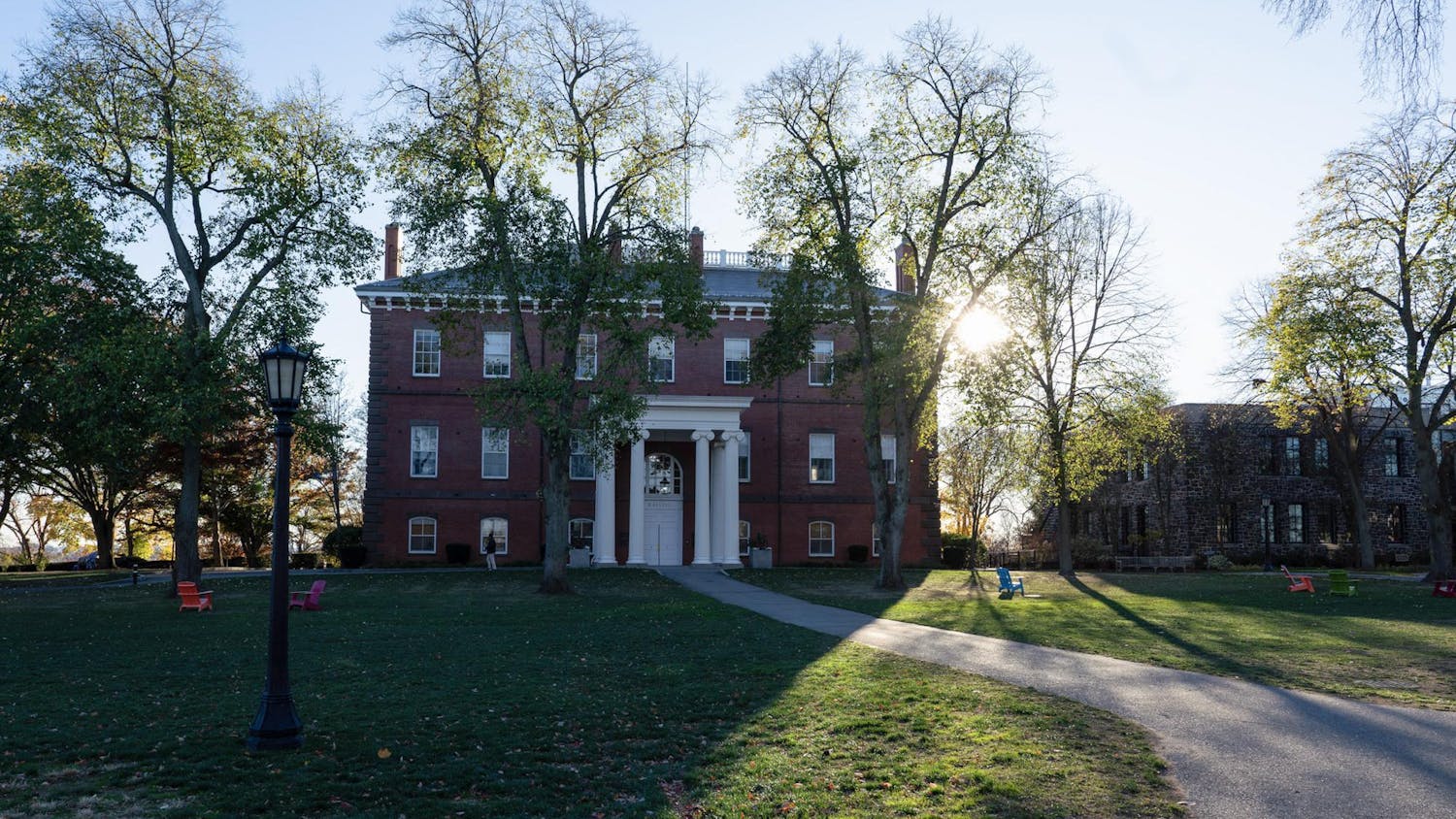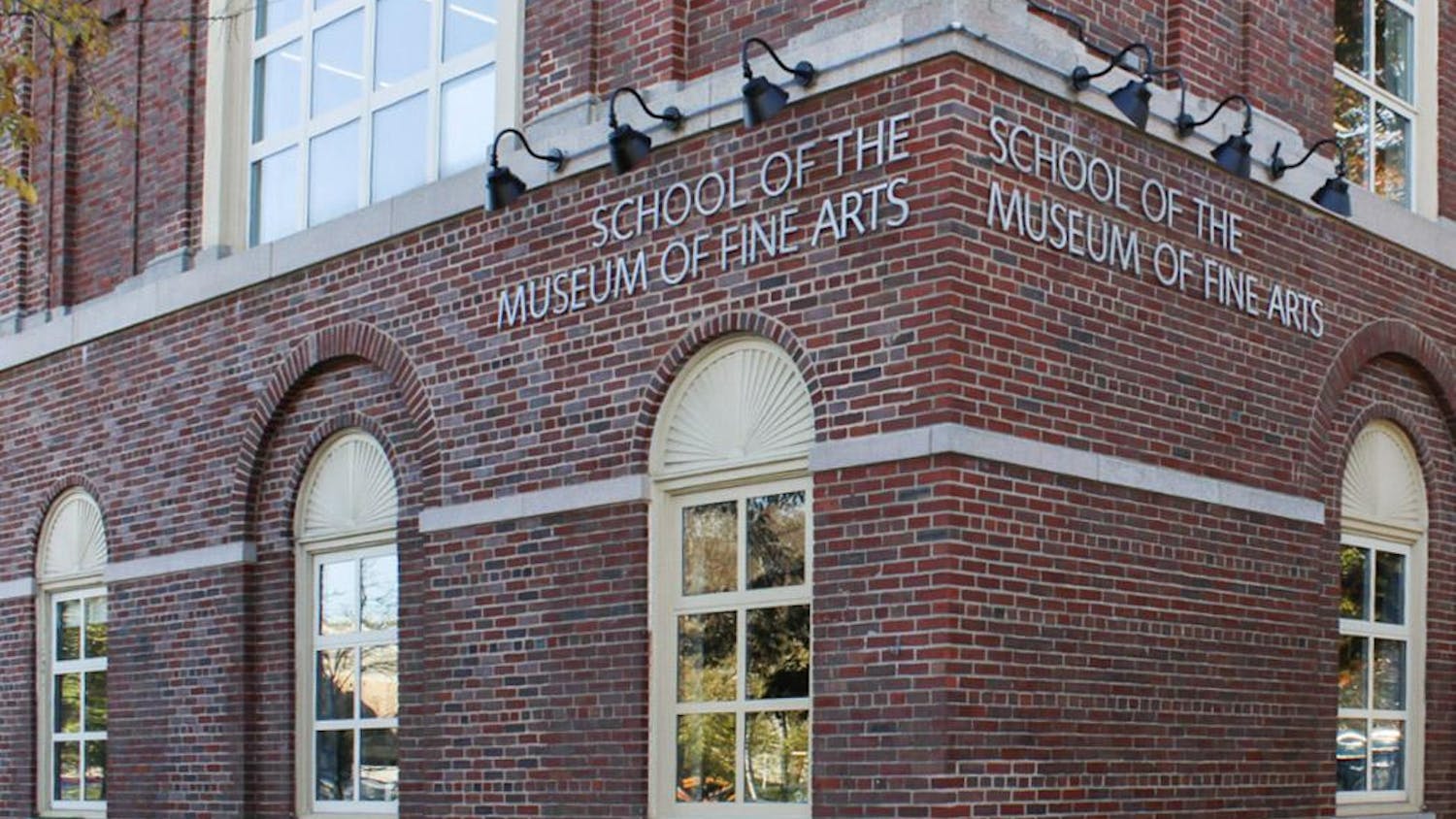The Massachusetts Executive Office of Transportation (EOT) recommended yesterday that the Green Line extension project continue beyond College Avenue and end at a station located at the intersection of Boston Avenue and Mystic Valley Parkway (Route 16).
This key decision came after months of deliberation over whether the lengthening of the subway line should end at College and Boston Avenues, near Curtis Hall on Tufts' campus, or extend farther.
Pending approval of federal funding, the EOT will extend the Green Line along existing commuter rail tracks, adding stops at College Avenue and Route 16, neither of which will include a parking facility.
The additional stops would have "significant regional benefits," Kate Fichter, the deputy director of the project at the EOT, told the Daily, praising the recommendation.
"It will reach a much larger population center. It just gets us into residential areas in Medford, as well as Arlington and Winchester," Fichter said. "We anticipate that it will have air quality benefits because it will allow more people to use the T instead of driving."
The Massachusetts Bay Transportation Authority (MBTA), which runs the T subway service, last year announced plans to add seven new Green Line stations in Medford and Somerville. Yesterday's recommendation comes after a series of meetings of an advisory group that has discussed related issues ranging from the location of a support facility to the makeup of new track near Union Square in Somerville.
The state government has pledged enough funding for an extension of the Green Line through College and Boston Avenues, but it is not currently required to pay for the further extension of the line to Route 16. EOT's recommendation therefore now remains contingent on federal support.
Ken Krause, a member of the Medford Green Line Neighborhood Alliance, a local citizens' group, agreed with the EOT's decision on the terminal.
"I would say the project is stronger by going to Route 16 for approval for funding and for the [Environmental Protection Agency] to approve it," Krause, who is also a member of the advisory group that has studied the extension, told the Daily. He said that the Route 16 terminus would allow for more riders, longer trips, more cost effectiveness and better air quality.
Following the EOT's announcement yesterday afternoon, the advisory group held a public meeting, during which transportation officials and community members participated in a discussion of the new development and of the project in general.
Steve Woelfel, the Green Line extension project manager for the EOT, presented an overview of the project. He emphasized the fact that progress is now dependent upon approval for federal funding and that many design-related details have not yet been finalized.
The next steps for the extension project are to finish drafting an environmental impact assessment and to file the report with the Massachusetts Environmental Policy Act office for approval. The extension's completion deadline is 2014.
The Green Line extension project includes two extensions out from the current Green Line terminus at Lechmere station. The mainline will extend to Route 16 along Boston Avenue, but a separate spur from Lechmere will travel one stop to Union Square.
At the advisory group meeting, project planners also announced that the Green Line extension to Union Square in Somerville will run parallel to the MBTA's Fitchburg commuter rail line. They officials rejected a one-track loop structure they had considered before.
"[The Union Square stop] better works with the vision Somerville has for the area," Woelfel said during the meeting.
The project also requires a restructuring of the current Green Line terminus at Lechmere to accommodate the two extensions. "In order to extend the tracks out, Lechmere station has to be moved out closer to the corridor the right of way where the tracks are going to come out to Medford/Somerville," Krause said.
The EOT's proposal to build a maintenance facility in the Brickbottom area of Somerville stayed unchanged, despite resident objections. The MBTA does not believe there is another viable location for the facility, but residents and community leaders contend that there has not been sufficient discussion with the community about alternatives, according to Sean Sullivan, a member of the MBTA Rider Oversight Committee.
"Somewhere behind all of that is internal analysis," he said told the Daily. "[It] feels like there's a lot of miscommunication going on."
During the meeting, advisory group and community members raised questions about a perceived lack of communication with the community about all the project decisions. "Have you had any conversations with any local city officials?" Somerville Alderman Maryann Heuston (Ward 2) asked.
Community members also voiced concerns about health risks, environmental impact and the involvement of eminent domain.
Tufts' Director of Community Relations Barbara Rubel did not have any concerns about the extension's influence on the university, though. She said the extension would have a positive impact on the Tufts community.
"It just creates better access," Rubel told the Daily. "I think we're just delighted that this project is moving forward. Just as students who live downhill have easy access to the Red Line in Davis Square, students who live uphill will be able to utilize the Green Line."





